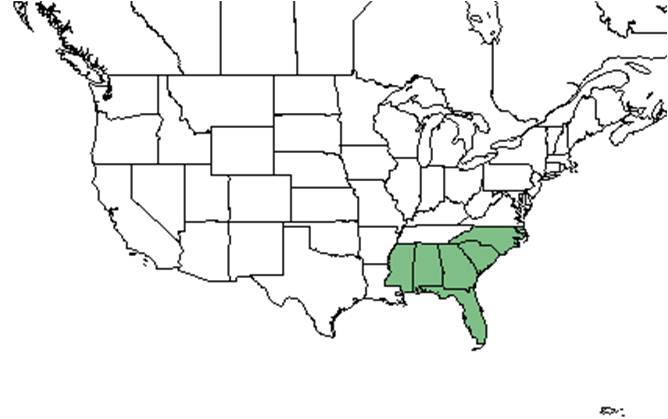Difference between revisions of "Crocanthemum corymbosum"
KatieMccoy (talk | contribs) |
KatieMccoy (talk | contribs) |
||
| Line 32: | Line 32: | ||
===Phenology=== <!--Timing off flowering, fruiting, seed dispersal, and environmental triggers. Cite PanFlora website if appropriate: http://www.gilnelson.com/PanFlora/ --> | ===Phenology=== <!--Timing off flowering, fruiting, seed dispersal, and environmental triggers. Cite PanFlora website if appropriate: http://www.gilnelson.com/PanFlora/ --> | ||
| − | The canary yellow flowers bloom March through June <ref name=" | + | The canary yellow flowers bloom March through June <ref name="hawthorne">[[http://hawthornhillwildflowers.blogspot.com/2010/05/florida-scrub-frostweed-helianthemum.html]]</ref>. |
===Seed dispersal=== | ===Seed dispersal=== | ||
Revision as of 14:25, 17 December 2015
| Crocanthemum corymbosum | |
|---|---|
Error creating thumbnail: Unable to save thumbnail to destination
| |
| Scientific classification | |
| Kingdom: | Plantae |
| Division: | Magnoliophyta - Flowering plants |
| Class: | Magnoliopsida - Dicotyledons |
| Order: | Violales |
| Family: | Cistaceae |
| Genus: | Crocanthemum |
| Species: | C. corymbosum |
| Binomial name | |
| Crocanthemum corymbosum Michx. | |

| |
| Natural range of Crocanthemum corymbosum from USDA NRCS Plants Database. | |
Common name: pine barren frostweed
Synonym: Helianthemum corymbosum
Contents
Taxonomic notes
Description
C. corymbosum is a perennial species with alternate, simple leaves[1]. It has tomentose stems[2].
Distribution
Ecology
Habitat
It can been found in upland, well-drained sandy habitats, such as scrubby flatwoods (Pearson 1954)[3]. It has been observed growing in drying sand (FSU Herbarium). Associated species include Quercus virginiana, Q. myrtifolia, Q. pumila, Q. chapmanii, Serenoa repens, Osmanthus americanus, Vaccinium myrsinites, Aristida strica, and Trilisa odoratissima" (Pearson 1954).
Phenology
The canary yellow flowers bloom March through June [4].
Seed dispersal
Seed bank and germination
Fire ecology
Pollination
The following Hymenoptera families and species were observed visiting flowers of Crocanthemum corymbosum at Archbold Biological Station (Deyrup 2015):
Halictidae: Lasioglossum nymphalis
Use by animals
Diseases and parasites
Conservation and Management
Cultivation and restoration
Photo Gallery
References and notes
Deyrup, M.A. and N.D. 2015. Database of observations of Hymenoptera visitations to flowers of plants on Archbold Biological Station, Florida, USA.
Florida State University Robert K. Godfrey Herbarium database. URL: http://herbarium.bio.fsu.edu. Last accessed: October 2015. Collectors: Loran C. Anderson. States and Counties: Florida: Franklin. Compiled by Tall Timbers Research Station and Land Conservancy.